Páramo probably splits opinion more than any other brand we know. Is the Páramo Alta III the jacket to convince the naysayers? Gear tester James Forrest heads to the trails to find out...
Unconventional but effective – that’s how I'd sum up Páramo’s maverick approach to waterproof jackets.
Using the Nikwax Analogy system, Páramo’s waterproof jackets feature ‘directionality’ technology.
This doesn’t provide a physical barrier to rain like a Gore-Tex membrane. Instead a water-resistant, DWR-coated outer deflects the initial impact of rain, while an inner layer (the ‘pump liner’) physically moves liquid water (rain and sweat) away from the body.
The idea is that this will then be keeping the user dry, preventing condensation and enhancing breathability.
This approach has big pros and cons. Páramo aficionados believe the brand has a proven approach that keeps rain out, wicks away sweat efficiently, can be worn with one less layer (pair it with just a baselayer) and provides plenty of cooling options through well-placed vents.
Critics will see only an excessively heavy and bulky jacket that’s too warm and certainly won’t win any style awards. Which camp will you be in?
Pros
- Well-priced
- Very comfortable
- Innovative
Cons
- Heavy
- Too warm
- Only suitable for cold days
| RRP: | £340 / $450 |
| Men’s sizes: | S-XXL |
| Women’s sizes: | XS-XL |
| Weight: | 834g (men’s medium) |
| Fabric: | Nikwax Analogy fabric system |
Thankfully, as a big Páramo fan, I'm in the former camp. Over the years I've found Páramo jackets very reliable in atrocious weather.
During testing, I wore the Alta III on an extremely wet six-day hike of the 90-mile Dales High Way in December, and it performed admirably despite sideways rain and near-apocalyptic downpours.
I was certainly impressed with the all-round protection and somewhat converted to Páramo’s nonconformist approach. Here’s the full lowdown.
Waterproofing and construction
Due to Páramo’s unique membrane-free philosophy, which is designed to mimic the way animal fur keeps wild animals dry in nature, there is no hydrostatic head (HH) rating published for the Alta III jacket.
But here are further details on how the Nikwax Analogy system works.
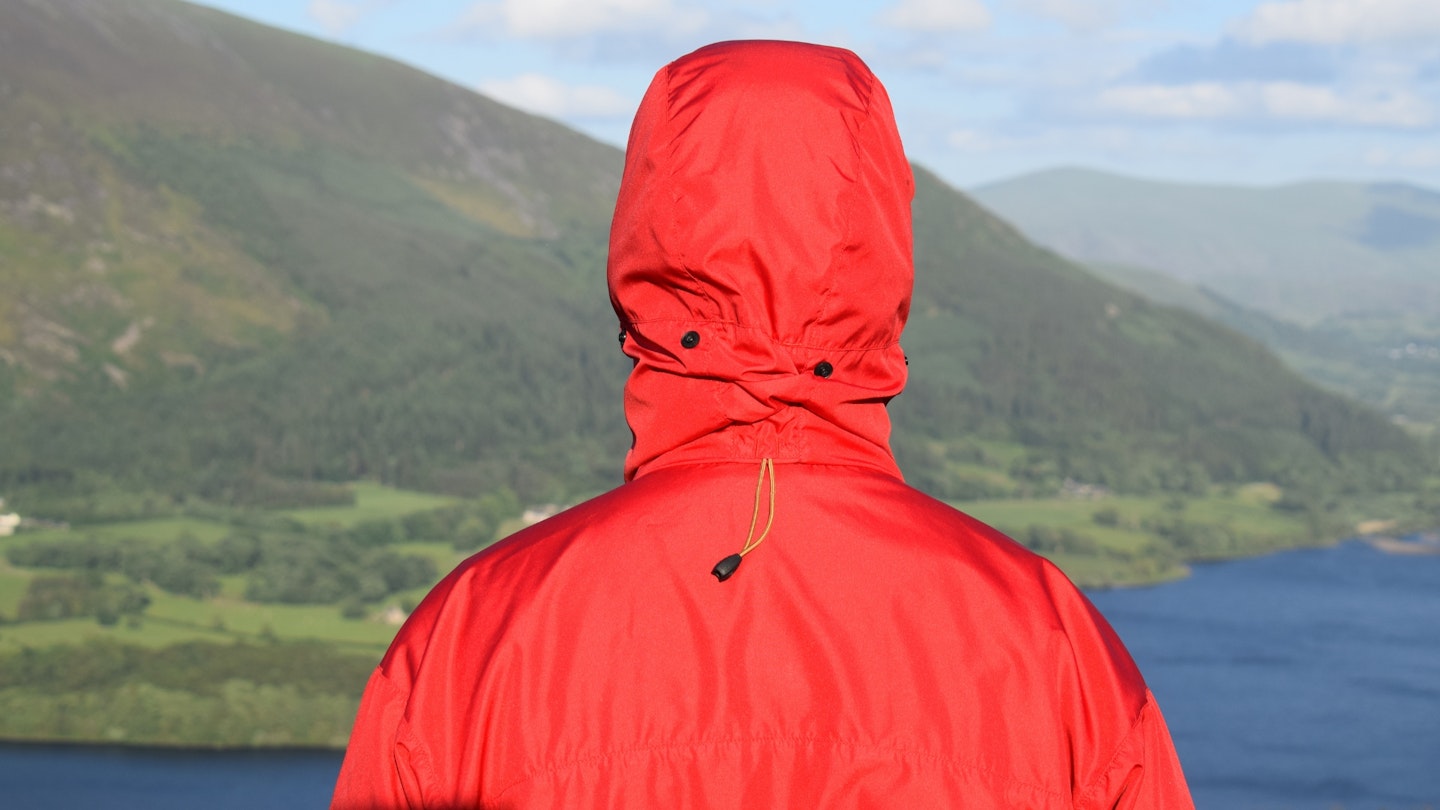
Firstly, the outer fabric of a Nikwax jacket is a strong, closely-woven, microfibre windproof material designed to block out the worst effects of wind and rain.
This provides an initial layer of protection. But the cleverer, more innovative bit is that – if rain does get inside (through the hood, up the sleeves or underneath the waist hem) – it doesn’t really matter.
That's because Páramo jackets are capable of moving liquid water (rain or sweat) away from your body, and not just water vapour.
Why is this important? Well, it’s essential to avoid a build-up of water inside your clothing when you’re grafting hard, as this will make your body cold and uncomfortable when you stop moving.
In conventional waterproofs using Gore-Tex or other membranes, “approximately 20% of sweat production is dealt with effectively, leaving the remaining 80% trapped inside”, according to Páramo.
This is the common problem of the clammy, sweaty hard shell.
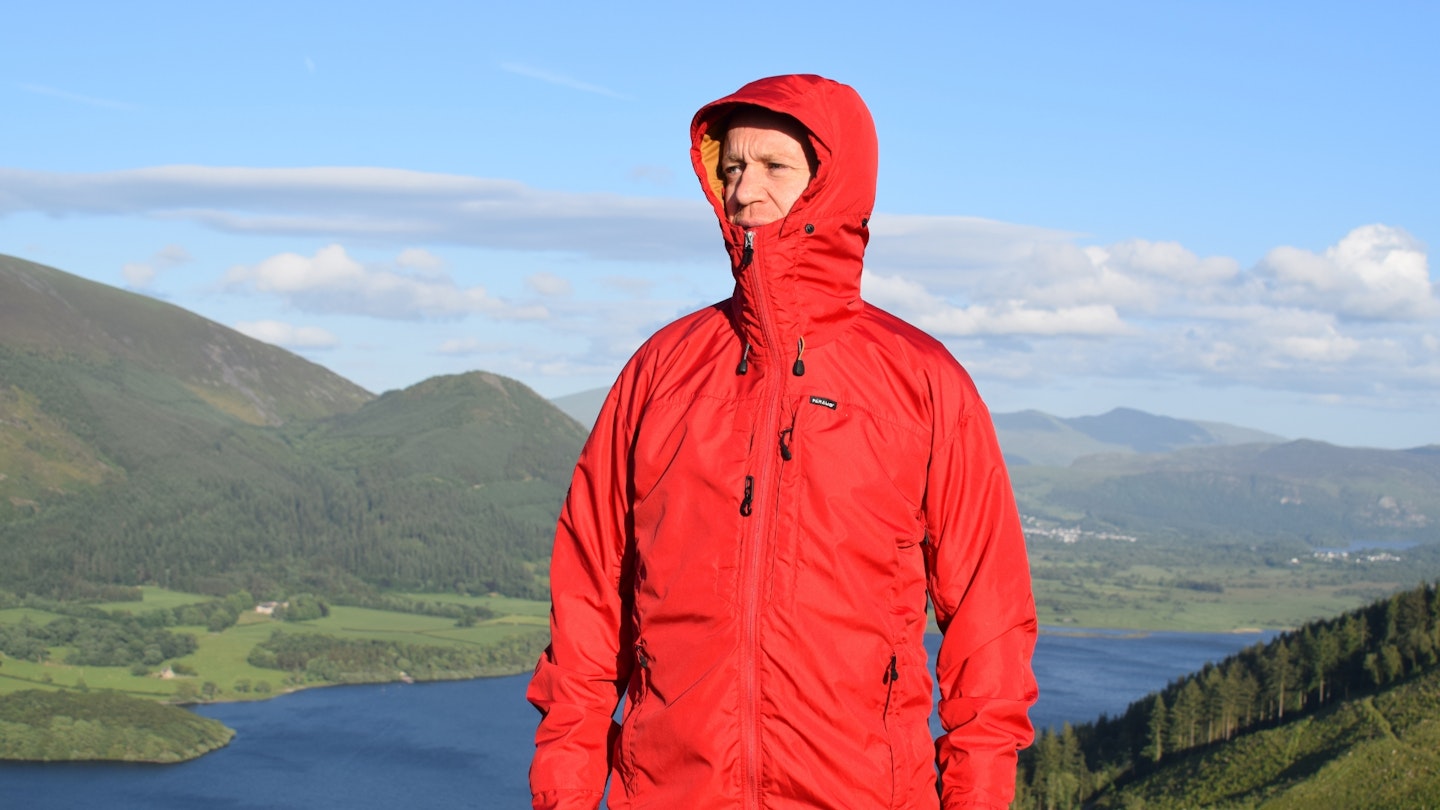
Nikwax Analogy garments claim to uniquely solve this issue by pumping out this 80% of liquid water and allowing it to drain away, meaning you're left feeling dry and comfortable.
You can’t really see or feel this happening, but all I can say is that during some very, very wet test hikes I always felt warm and comfy in the Alta III, so something was certainly working right.
To check every Alta III jacket is up to scratch, Páramo tests the jackets in the Leeds University Rainroom, checking they can “resist at least four hours of heavy rain, which is approximately five times the intensity of normal heavy rain in the UK”.
Nikwax also claims that “Analogy is so durable you could puncture a Páramo waterproof with pins, remove them, and still stay dry in the rain”.
I can’t vouch for that last claim – I was too scared to try it – but it’s a reassuring thought.
Read more: How to clean and reproof your waterproof clothing
Breathability and ventilation
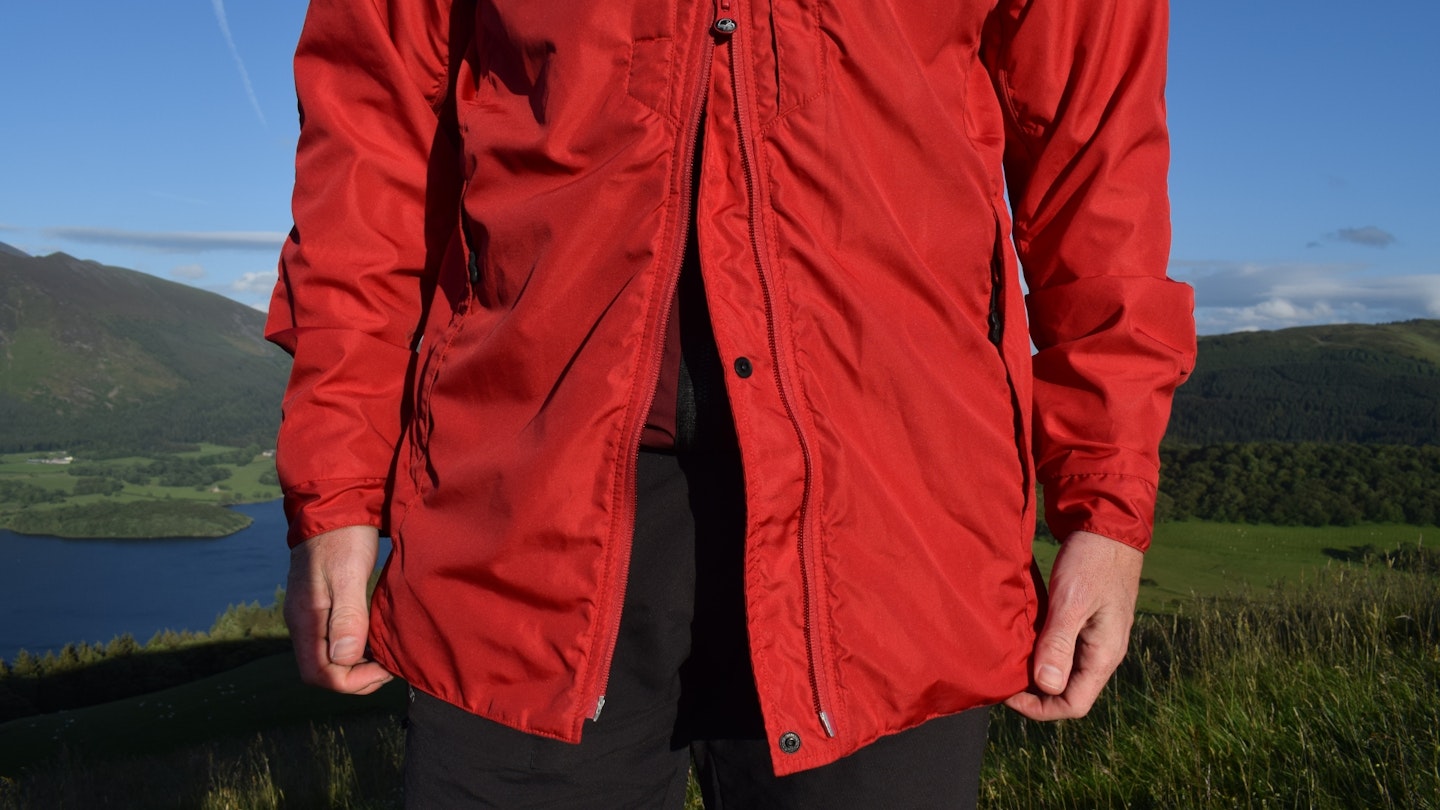
Again, due to Páramo’s maverick approach, an official breathability rating (either MVTR or RET) is not stated. However, breathability is one of the Alta III’s strengths.
Nikwax Analogy fabrics are not only extremely breathable, they're directional, too. This means that water, both liquid and vapour, is directed outwards, ensuring your insulation remains protected.
Conversely, traditional membranes such as Gore-Tex, which do allow moisture vapour to pass through them, are not capable of transporting liquid water.
Consequently, according to Páramo, “when the production of sweat exceeds the MVTR, or when the external temperatures drop, condensation (the change of water from vapour to liquid) will build up in breathable membranes”. Páramo jackets help solve this problem – this is their main USP.
You also get mesh-lined pit zips under each arm for ventilation, while press stud buttons down the centre of the jacket enable you to totally (or partially) unzip the main zipper while keeping the jacket secured in an airy style via the buttons.
This again is a good set-up if ventilation is a priority. Páramo says that the arm pit zip vents can “stay open in the rain without water ingress” and adds that the jacket’s sleeves are designed to be pushed up for extra cooling and breathability.
Weight and packability
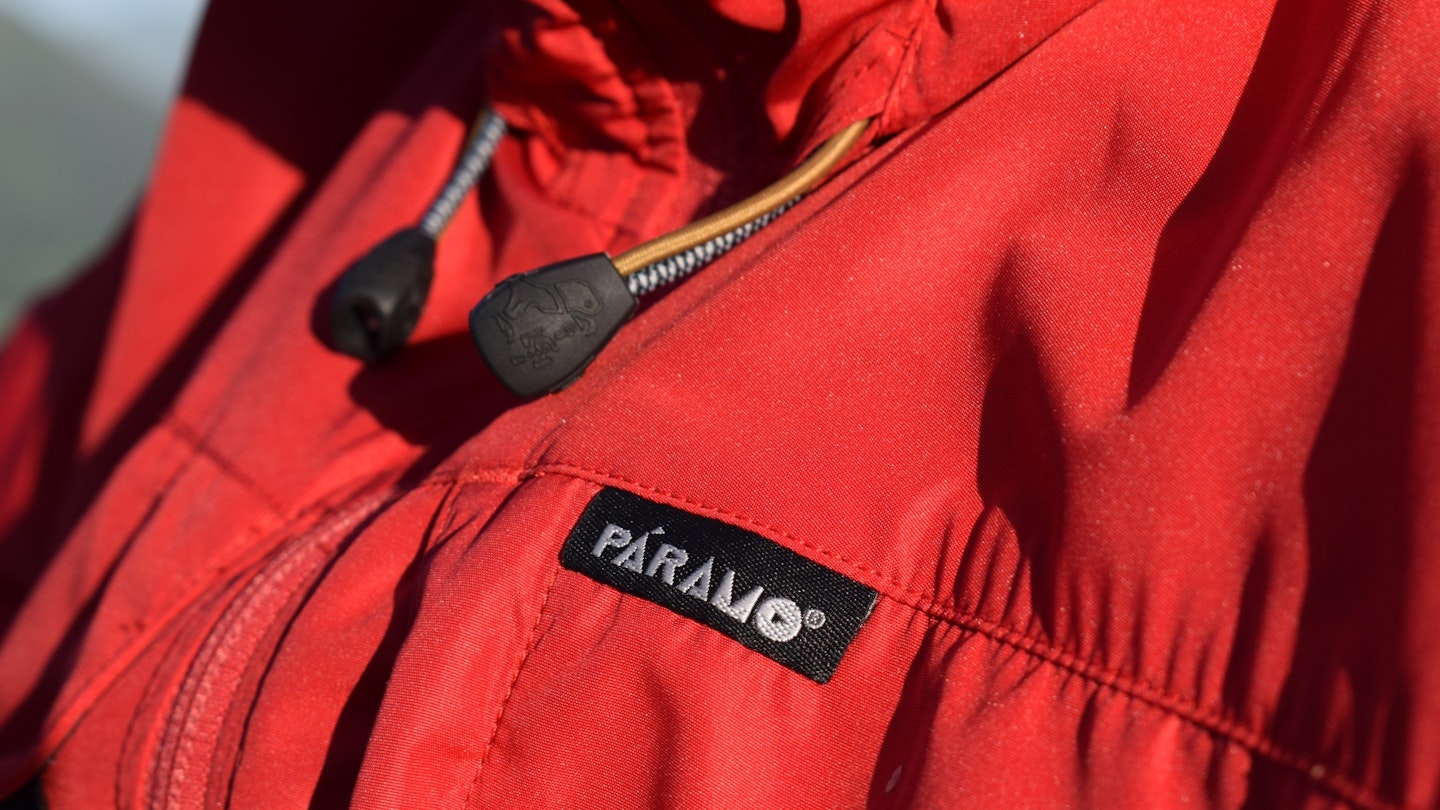
Weight and packability is not Páramo’s strong point, to put it mildly. The Alta III is neither lightweight nor compact.
Instead it's heavy and bulky, and will take up a sizeable chunk of your backpack volume when you’re not wearing it.
At 834g (men’s medium), the Alta III is excessively heavy, too. For example, it’s a whopping 403g heavier than the Arc’teryx Beta AR (men’s small) and 371g heavier than the Mountain Equipment Lhotse (men’s small).
The extra weight is significant and this can make the jacket feel cumbersome, energy-sapping and excessively warm in many scenarios.
It’s overkill for any weather conditions other than colder days, too, and therefore doesn’t offer year-round versatility.
The only saving grace regarding the weight is that, because the Páramo Alta III is so warm, you won’t need a mid-layer.
Consequently if you compare the jacket’s 834g weight to the weight of a mid-layer and a hard shell, it's then a fairer and more even comparison.
Fit and comfort
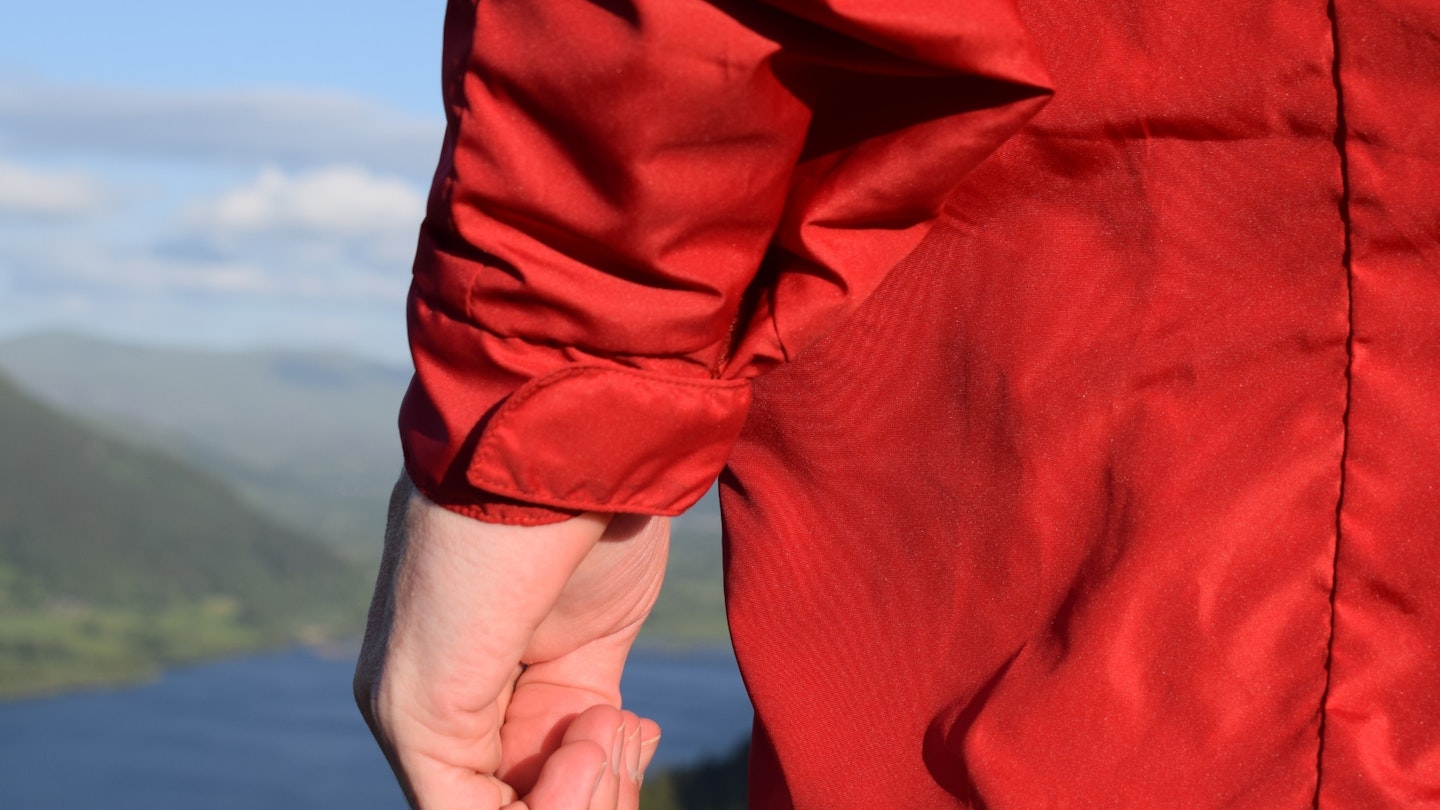
The fit and sizing is true to size, I'd suggest (I'm 175cm tall, weigh 66kg and wore a size medium).
In terms of the cut, the jacket is probably a regular fit. It’s certainly not athletic and slim-fitting, but it’s not excessively baggy either.
It offers a reasonable amount of room underneath and the all-round design is on the heavy, chunky side, with a long profile covering the backside.
If you want to feel fast and agile in the mountains with a minimalist approach, this is not the jacket for you. But freedom of movement is just about decent and for slower walkers or gnarlier weather the design is ideal.
One big positive is that the Alta III is soft, cosy, noiseless and infinitely more comfortable than a traditional hard shell, and less prone to feeling clammy and plasticky.
Instead it's soft and rustle-free, compared to Gore-Tex jackets which can often be stiff, rigid and plasticky feeling.
Features: Hood, pockets and everything else
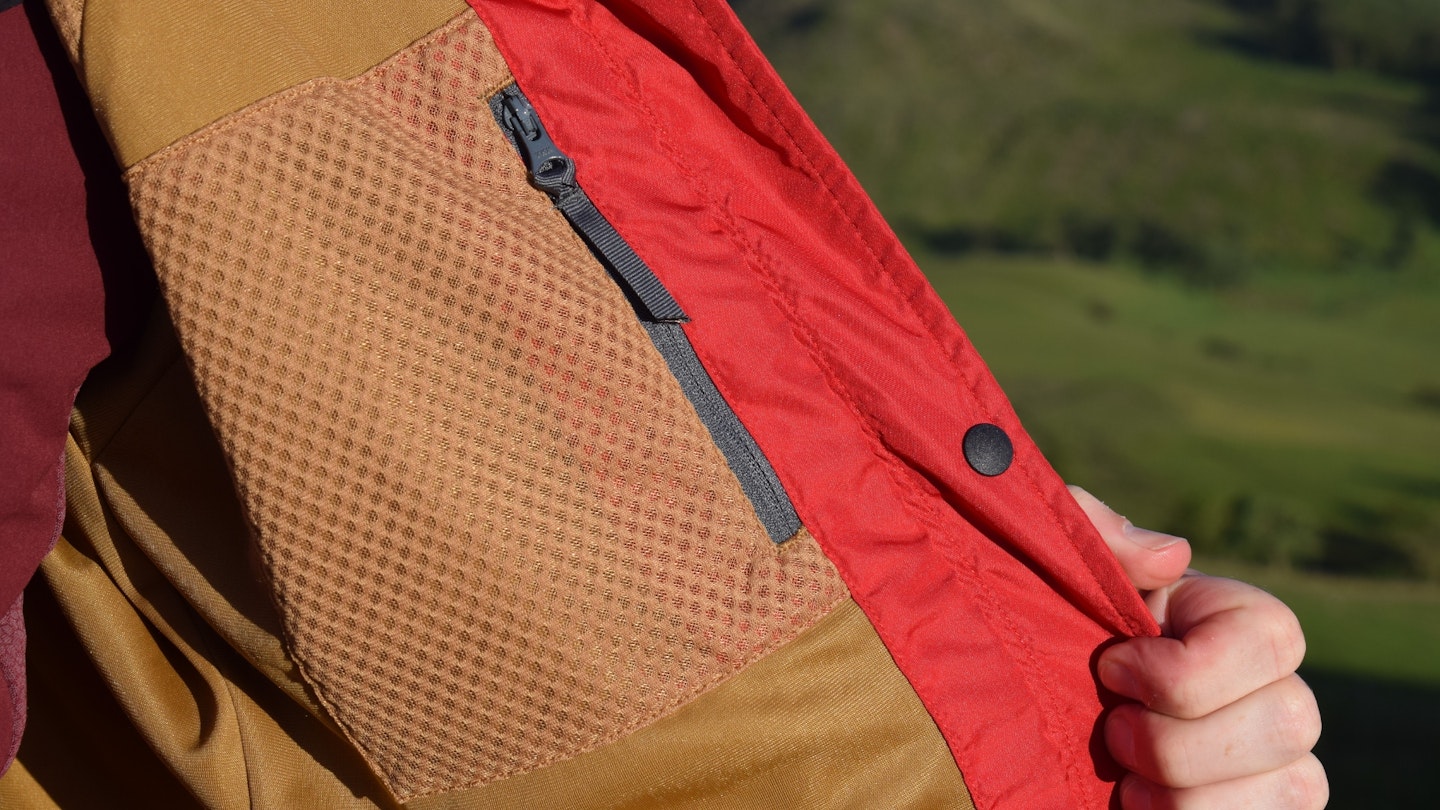
You get everything you need with this jacket – it's definitely fully-featured.
The hood has a nice shape, is adjustable via three drawcord toggles and features an excellent visor with a wired brim, which can be moulded into the shape you prefer.
The hood can also be rolled away when not needed, held in place by a line of press stud buttons.
The main central YKK zipper has a chunky, protective internal stormflap, and it’s a two-way zipper, which adds extra venting options when required.
All of the zipper pulls, including those on the pockets, are glove-friendly.
The waist hem can be cinched-in via drawcord toggles for a fine-tuned fit and the cut is quite long with a dropped hem covering much of the backside. This adds extra weather protection and works well. The wrist cuffs, meanwhile, are adjustable via Velcro tabs.
In terms of pockets, you get two handwarmer pockets, two chest pockets (one zippered, one featuring Velcro) and internally there are two zippered, mesh-lined pockets (one small, one large).
Sustainability
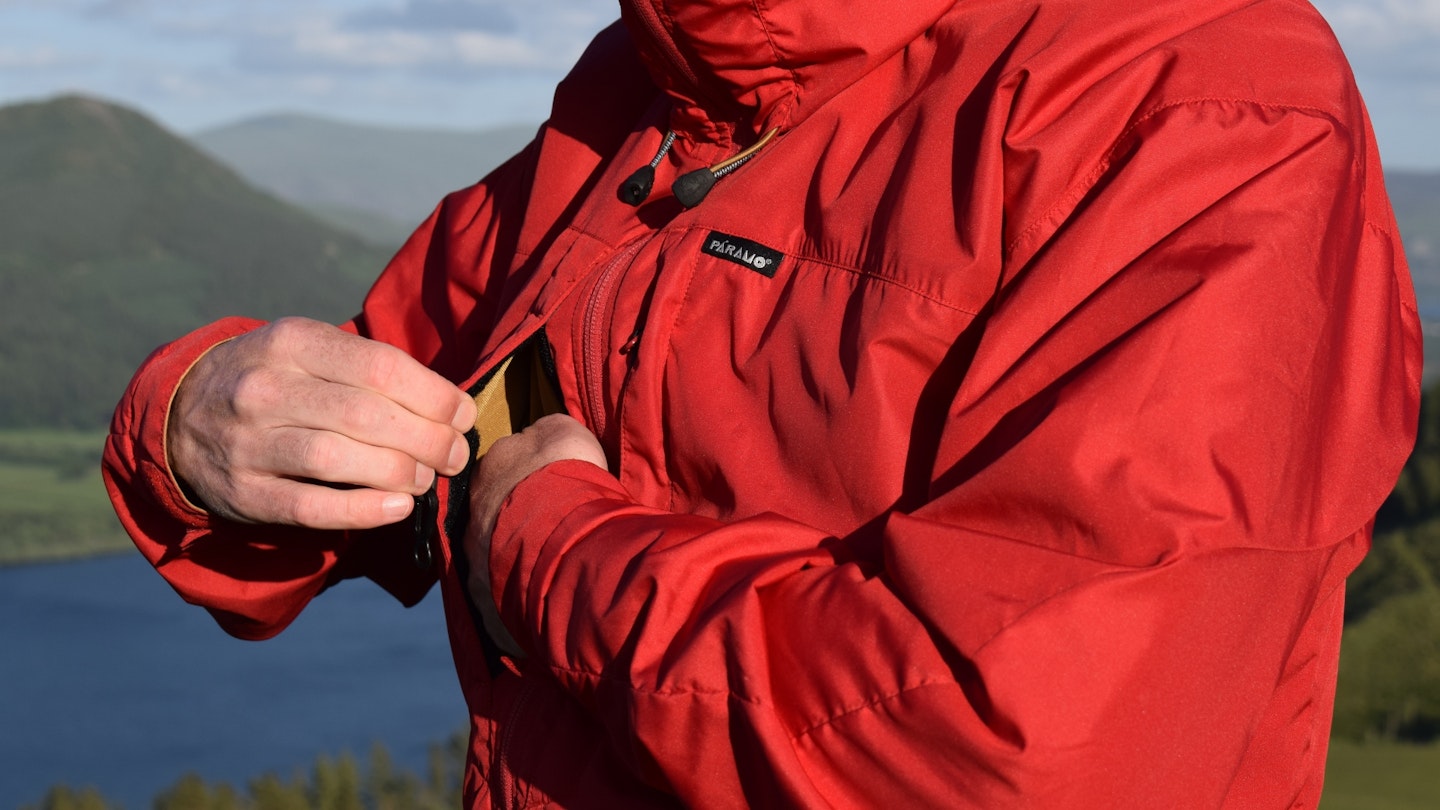
There are no recycled materials in this jacket, but it still comes with good environmental and ethical credentials.
Firstly, the Alta III is covered by Páramo’s recycling scheme, which prevents garments from ending up in landfill.
It works like this. For every item of Páramo clothing a member of the public recycles with Páramo, they will receive a voucher of (up to) £50 to use against a future purchase.
Páramo says that “Nikwax Analogy fabric systems are uniquely suited to recycling as they avoid the need for mixed materials, membranes or taped seams; instead they use 100% polyester, which unlike many materials, can be broken down and reformed into new, high quality fibres”.
On top of this, Páramo clothing does not rely on hazardous fluorocarbon (PFC) treatments in its finishing or aftercare processes.
In partnership with Nikwax, the brand uses Nikwax Aftercare on its untreated fabrics. Nikwax Aftercare solutions are “water-based and use no harmful solvents or propellant gases, are not tested on animals, not harmful to humans and contain no damaging fluorocarbons”.
The Páramo Alta III is also made by the charitable Miquelina Foundation. Located in Bogotá, Colombia, this manufacturing partner of Páramo offers vulnerable women training and employment.
Verdict
The Páramo Alta III is a super-comfy jacket with a unique approach to waterproofing – but it’s very heavy and often too warm.
See our list of winter waterproof jackets to see how this jacket's competitors performed.
About the author

James Forrest is a prolific peak bagger and long-distance walker who’s one of the most high-profile outdoor writers in the UK.
He writes regular features and route guides for Trail and has been one of our main gear testers for the last few years. James is based on the edge of the Lake District so when he isn’t off on his latest crazy adventure or challenge, he’s walking in his local fells.
James reviews every type of outdoor kit for Trail and is a real authority on everything you need for wild camping and packing light for a multi-day walk.







